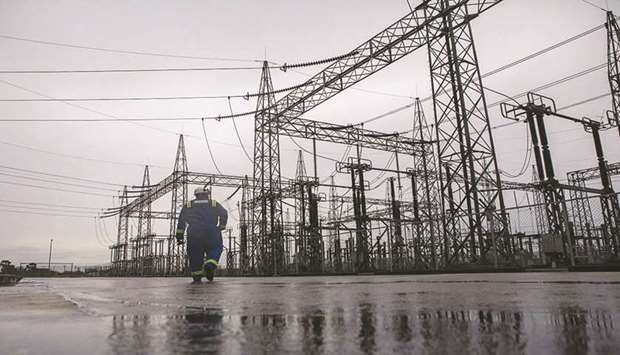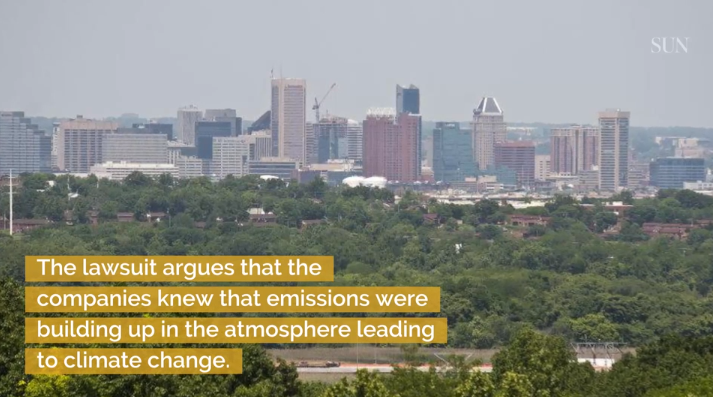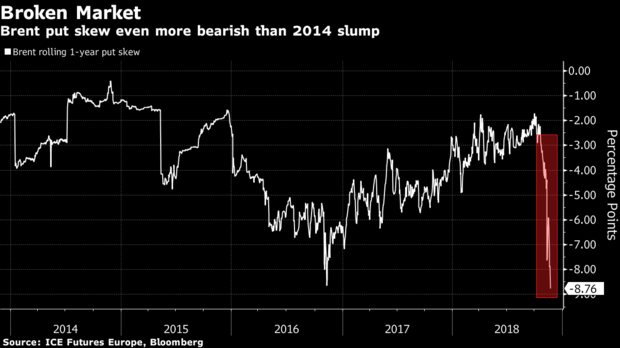Prime Minister Inaugurates Four Manateq Warehousing Parks




Prime Minister and Interior Minister, His Excellency Sheikh Abdullah bin Nasser bin Khalifa Al Thani, inaugurated Manateq warehousing parks in Umm Salal, yesterday.
The inauguration ceremony, which was held at Bu Fesseela warehousing park, was attended by His Excellency Dr. Mohammed bin Saleh Al-Sada, Minister of Energy and Industry and His Excellency Mohammed bin Abdullah Al Rumaihi, former Minister of Municipality and Environment in addition to a number of Their Excellencies Ministers, senior officials from the public and private sector and representatives project developers.
The four companies were Gulf Warehousing Company (GWC) for Bu Sulba warehousing park, Al Asmakh Real Estate Development for Bu Fesseela, Dohatna Logistics Parks for Umm Shaharaine 1 and Barwa Real Estate Group for Umm Shaharaine 2.
Talking about the completion of the warehousing parks project, Fahad Rashid Al Kaabi, CEO of Manateq, said: “We are delighted to announce the completion of this first-of-its-kind project that supports Manateq’s vision to promote economic diversification in investments that add value to Qatar and underlines its mission to create a world-class business environment for local and overseas investors, to help meet the Qatar National Vision 2030”.
Khamis Al Mohannadi, President of Technical Committee to Stimulate Private Sector Participation in Economic Development Projects said, “The successful completion of the warehousing parks development is yet another milestone in our drive to stimulate more economic and commercial activities in Qatar and contributing effectively to the achievement of the ‘economic development pillar’ within the framework of Qatar National Vision 2030.”
He added:“ The project demonstrates our continued sustainable future growth for everyone by enabling companies to operate easily and flexibly, providing better access to developing markets and optimizing resource consumption by providing ready-to-use warehousing options that meet all storage requirements, including food products. This in turn will ease the burden on investors, and supports the process of economic diversification in the country.” He said in recent years, Qatar has succeeded in strengthening its economic position and engaging in the globalized economic space, effectively and efficiently, translated by registered growth rates, which is expected to reach about 2.8 percent during the current year.
He said it is one of the highest growth rates in the region according to International Economic Organizations, and is expected to reach 3 percent in 2019, supported by the dynamics of the non-oil sectors, which is expected to grow by at least 6 percent, driven by the private sector contribution that recorded a sound growth over the past year not less than 5 percent, which requires continued investment in supporting infrastructure projects such as the warehousing parks.
The Prime Minister honored the project developers and visited the site of the warehouses and was briefed on their volume and capacity.
Manateq warehousing project is a continuation to the implementation of the strategic Qatar National Food Security Program (QNFSP) that Qatar has established previously to bring the country close to food self-sufficiency by 2023.










